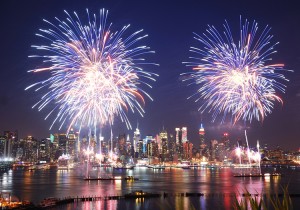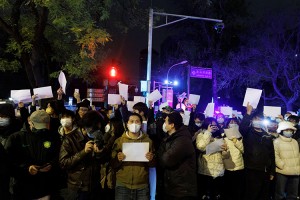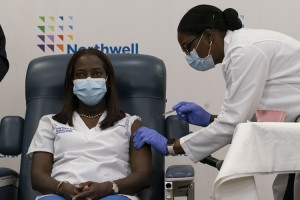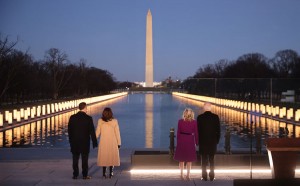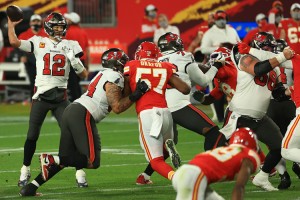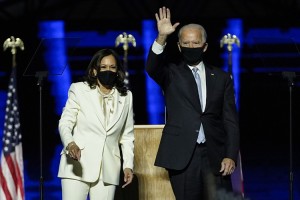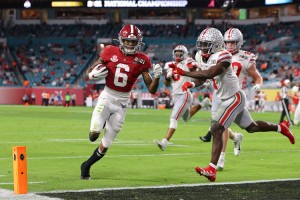Have a Safe and Happy New Year!
Sunday, December 31st, 2023Monday, January 1, is New Year’s Day, the first day of the calendar year. People in almost every country celebrate this day as a holiday. The celebrations are both festive and serious. Many people make New Year’s resolutions to break bad habits or to start good ones. Some think about how they have lived during the past year and look forward to the next 12 months.
In a typical year, New Year’s celebrations may include visiting friends and relatives, giving gifts, and attending religious services. Celebrations usually start on New Year’s Eve, December 31. In the United States, many people go to New Year’s Eve parties or watch football games on television. Some people attend parades, such as the Rose Parade at the Tournament of Roses in Pasadena, California, and the Mummers Parade in Philadelphia. Crowds gather in Times Square in New York City, on State Street in Chicago, and in other public places. At midnight, bells ring, sirens sound, firecrackers explode, and everyone shouts, “Happy New Year!”
The early Roman calendar used March 1 as New Year’s Day. Later, the ancient Romans made January 1 the beginning of the year.
During the Middle Ages, from about the A.D. 400′s through the 1400′s, most European countries used March 25, a Christian holiday called Annunciation Day, to start the year. By 1600, many Western nations had adopted a revised calendar called the Gregorian calendar. This calendar, the one used today, restored January 1 as New Year’s Day. Great Britain (now also called the United Kingdom) and its colonies in America adopted it in 1752.
Many people celebrate the new year on dates established by their religion. For example, the Jewish New Year, a solemn occasion called Rosh Ha-Shanah, is observed during September or early October. Hindus in different parts of India celebrate the new year on various dates. Muslims use a calendar that has 354 days in most years. As a result, the Muslim New Year falls on different dates from year to year on the Gregorian calendar. The Chinese New Year begins between January 21 and February 20. The celebration lasts several days. On the last night, people dress as dragons to frighten and delight the children. In Japan, many people worship on New Year’s Day.
Here’s wishing you a happy and healthy 2024!

